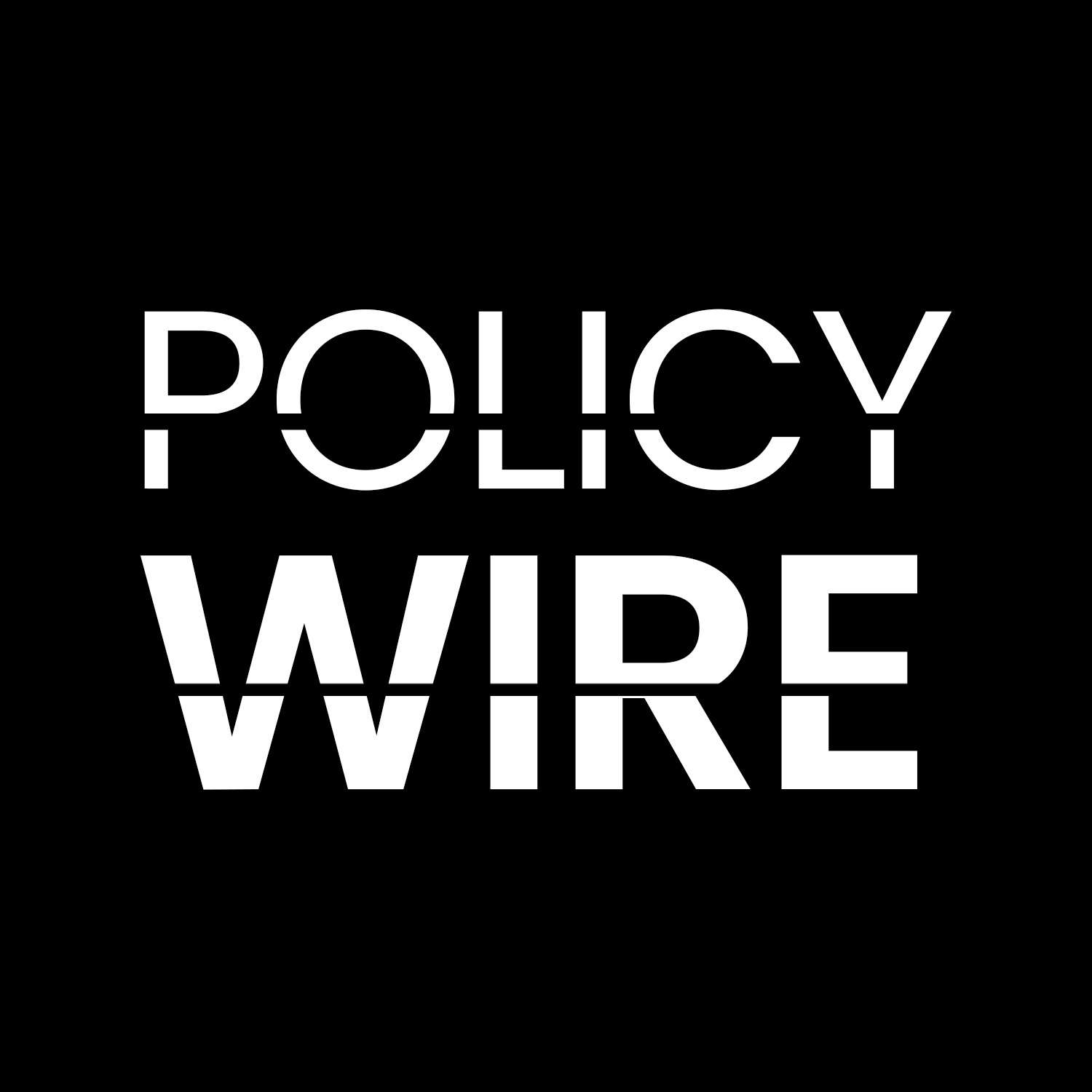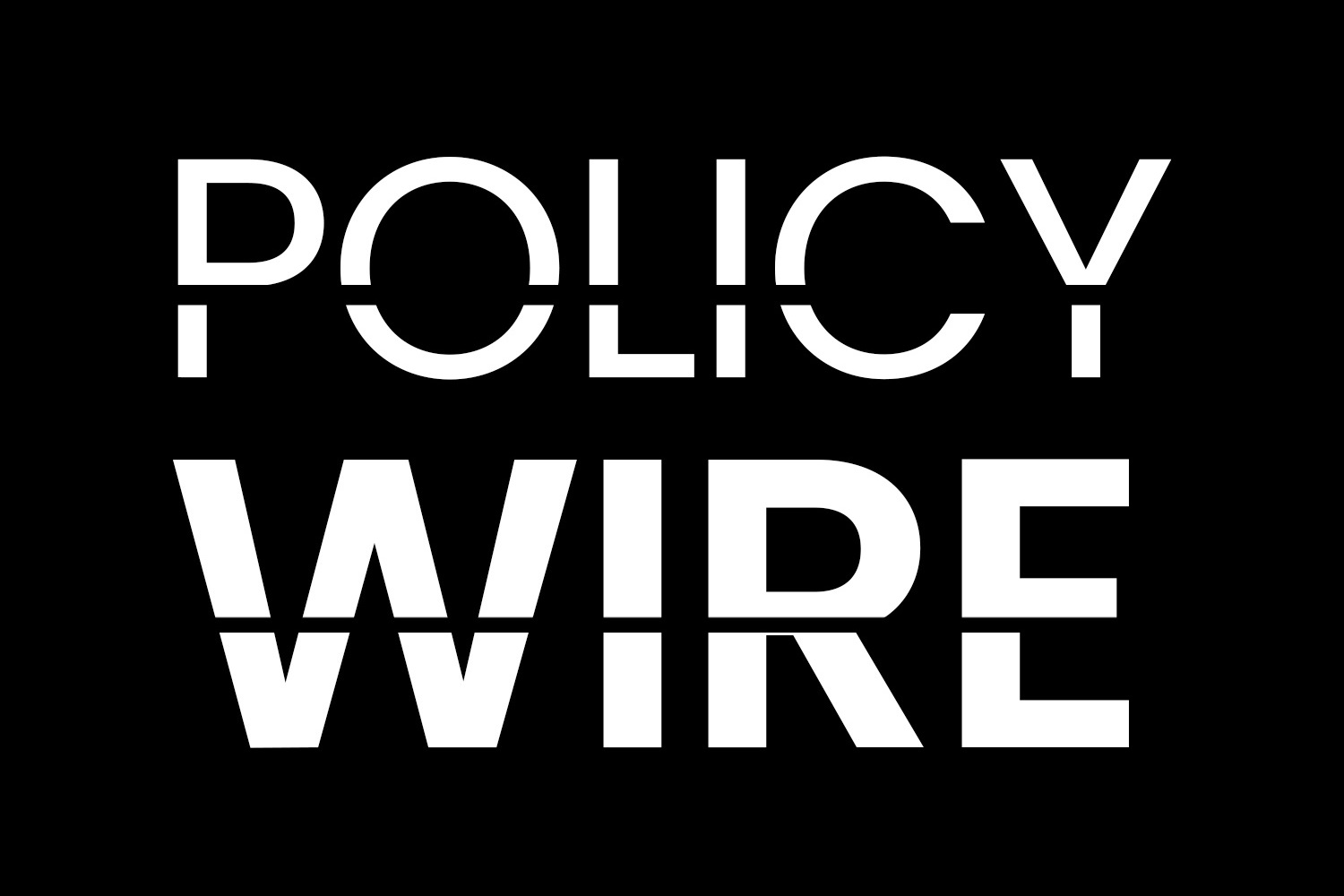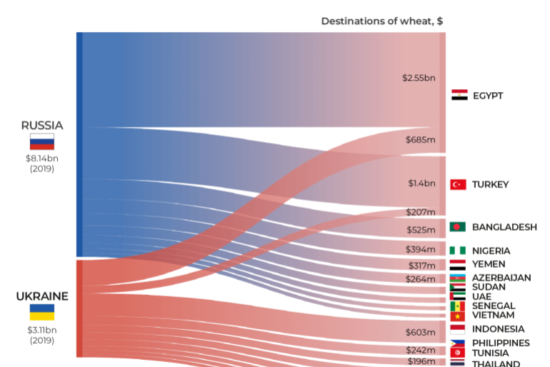
The internet, a sprawling digital landscape, offers a unique paradox: a platform for open expression and connection, while simultaneously harboring dark alleys of anonymity where harassment thrives. This phenomenon, often termed “cyberbullying” or “online abuse,” transcends mere inconveniences; it inflicts real-world consequences, silencing voices, eroding mental well-being, and even endangering lives.
While anonymity in itself is not inherently negative, its potential for misuse raises critical questions about responsibility, accountability, and the delicate balance between freedom and safety in the online world.
Anonymity online exists on a spectrum, ranging from complete anonymity (think anonymous forums) to pseudonymity (using usernames) to semi-anonymity (partially revealing personal information). Each level offers varying degrees of protection while harbouring certain risks. The complete anonymity empowers marginalized voices and facilitates whistleblowing, it concurrently creates a shield for trolls, harassers, and hate groups. Pseudonymity, offers some protection, but it can still be abused.
The Dark Side of Cyber Anonymity and Harassment
Online platforms, where interactions are often faceless and unconstrained by social norms, offer fertile ground for harassment. This thrives in various forms:
- Hate Speech and Cyberbullying: The disinhibition effect of anonymity emboldens individuals to hurl insults, discriminatory remarks, and threats with impunity. This can have devastating consequences, leading to anxiety, depression, and even self-harm.
- Doxing and Impersonation: Exposing personal information online, often coupled with fabricated identities, can inflict severe damage to someone’s reputation and safety. This tactic is particularly harmful when used against women.
- Sexting and Image-based Abuse: The non-consensual sharing of sexually explicit content, including deep-fakes, is a weaponized form of online harassment. This violation of privacy and bodily autonomy can have profound emotional and psychological impacts.
Women in the Crosshairs
The issue of online harassment disproportionately impacts women.
A 2021 Pew Research Center Survey revealed that 16% of women have experienced online sexual harassment compared to just 5% of men. The same study revealed that 33% of women under 35 have experienced online sexual harassment compared to 11% of men in the same age group.
This disparity highlights the deeply entrenched gender bias and misogyny that fuel online abuse. This issue is deeply gendered.
A 2021 UN Women Report reveals a shocking disparity: 60% of women internet users experience online violence compared to 34% of men. Tragic consequences go beyond statistics.
Anita Sarkeesian, a video game critic, faced years of online harassment for launching Kickstarter project to fund the Tropes vs. Women in Video Games Series, including death threats, for her work on gender representation.

Even Malala Yousafzai, the Nobel Peace Prize laureate, has been subjected to extensive online abuse for her advocacy of western agenda mostly by Pakistani audience, as they believe she is a western pawn.
Similarly, the Gamergate controversy showed how online harassment silences marginalized voices, with female developers and journalists enduring misogyny, threats, and doxing.
These cases show how even the most powerful voices can be silenced. These experiences often force women to silence themselves, curtail their online presence, or even abandon their careers. The anonymity granted by online platforms allows harassers to evade accountability.

Real Impacts, Real Lives
The internet harbours online harassment, where anonymity may fuel hate, threats, and abuses. This isn’t just hurtful; studies link it to anxiety, depression, and even suicide risk, especially in young adults.
A 2022 study shows constant online negativity creates a toxic environment harming mental well-being. Even worse, a 2018 study suggests severe online harassment can lead to Post Traumatic Stress Disorder with lasting psychological effects. Furthermore, a 2020 study establishes a direct link between online harassment and increased suicidal ideation, particularly among those feeling helpless.
Finding Solutions: A Tangible Path Forward
Addressing this complex issue requires a multi-pronged approach.
Platforms must invest in robust moderation capabilities, utilizing AI and human reviewers to identify and remove harmful content swiftly. Implementing stricter user verification procedures can deter anonymous abuse, while fostering a culture of online responsibility through educational campaigns and community programs remains crucial. Empowering victims with reporting tools and clear support mechanisms is essential, ensuring their voices are heard and their concerns addressed effectively.
Beyond individual platforms, legal frameworks need to evolve to hold online harassers accountable.
Existing cyberbullying laws often fall short, with enforcement proving challenging due to jurisdictional complexities and the anonymity issue. A global consensus on cyberbullying legislation, coupled with stronger international cooperation and cross-border data sharing, could bridge these gaps.
Also Read: Digital Diplomacy And Its Role In Statecraft
Striking a Balance
It’s important to acknowledge that while anonymity carries risks, simultaneously, it enables valuable expression and protects vulnerable individuals. Finding the right balance is key. Implementing solutions shouldn’t stifle legitimate expression or silence marginalized voices. Instead, the focus should be on fostering a responsible online environment where anonymity doesn’t equate to invisibility or impunity. By prioritizing user safety without compromising fundamental freedoms, we can create a digital world where anonymity empowers, instead of endangers.
The opinions shared in this article reflect the author’s personal views and do not necessarily align with the institution’s official stance.

















Leave a Reply